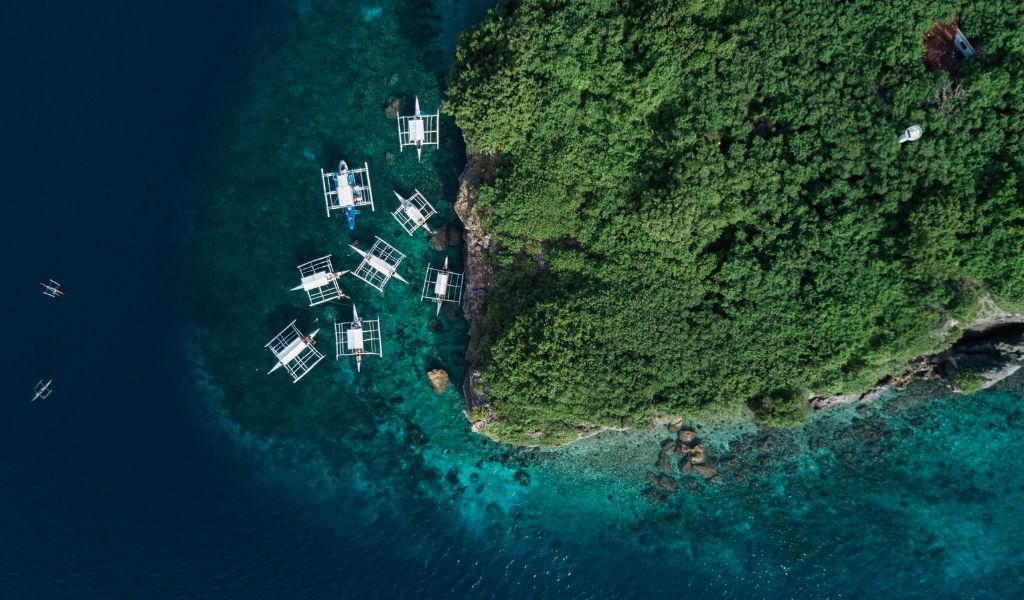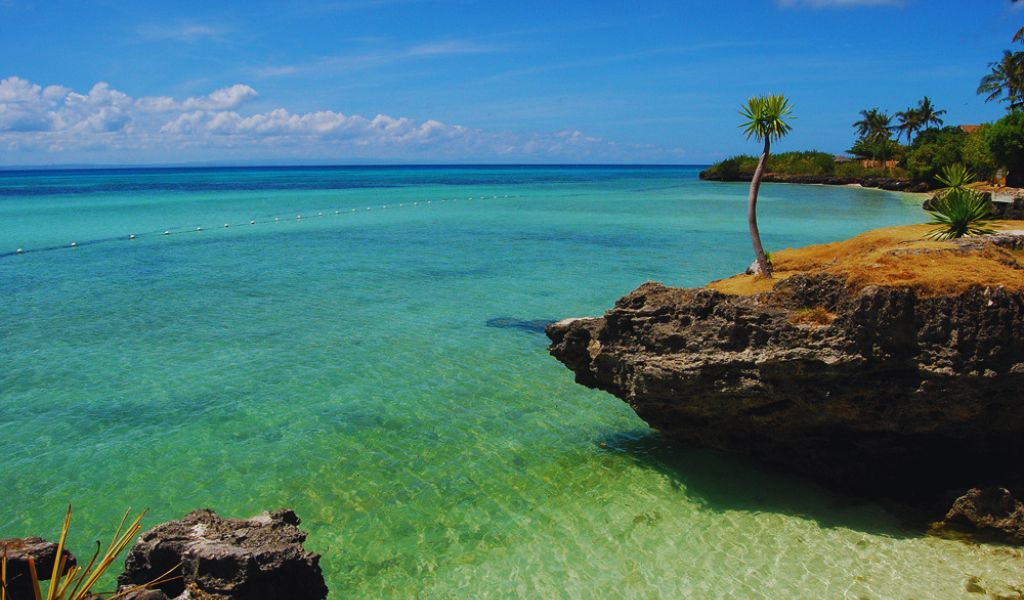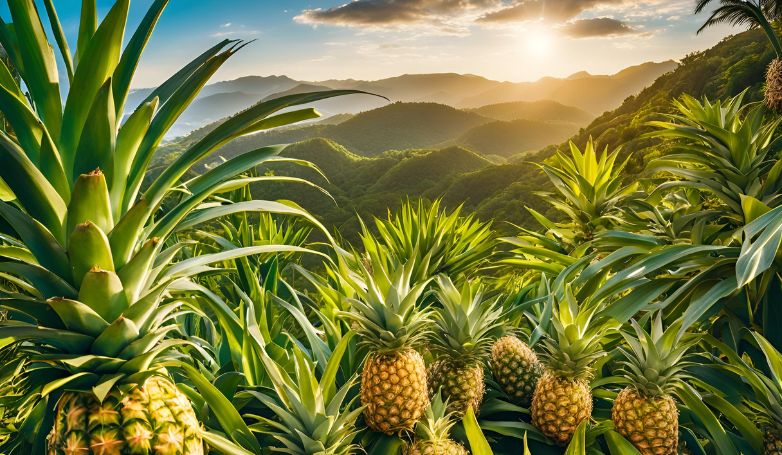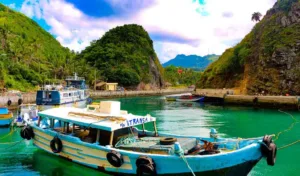Explore your the best place to live in the Philippines! Uncover why it’s the ultimate destination to live, featuring top cities, affordable living, and a vibrant expat community.
The Philippines, an archipelago of over 7,000 islands, offers a diverse array of living environments, each with its own unique charm and advantages. From bustling urban centers to serene rural landscapes, the country caters to a variety of lifestyles. Major cities like Manila and Cebu provide modern amenities, robust job markets, and vibrant cultural scenes, ideal for those seeking a dynamic urban experience. Meanwhile, regions such as Palawan and Siargao attract those who prefer a more tranquil setting, surrounded by pristine beaches and natural beauty. Each location in the Philippines offers a different pace of life, climate, and community, making it important to consider personal preferences and priorities when determining the best place to live in this tropical paradise.
Manila: The Heartbeat of the Philippines

Manila, the bustling capital of the Philippines, is often referred to as the nation’s heartbeat due to its vibrant energy and central role in the country’s cultural, political, and economic life. As a city that never sleeps, Manila offers a dynamic urban experience with its mix of historical landmarks, modern skyscrapers, and a thriving arts scene. The city is a melting pot of cultures, where Spanish colonial architecture stands alongside contemporary buildings, and traditional jeepneys share the roads with modern vehicles. From the historic walled city of Intramuros to the bustling streets of Makati, Manila encapsulates the rich history and rapid development of the Philippines, making it a vital and pulsating hub for both residents and visitors alike.
In addition to its cultural and historical significance, Manila is also a key economic driver for the country. The city hosts numerous multinational corporations, bustling markets, and extensive shopping centers, such as the Mall of Asia, one of the largest malls in the world. Its diverse culinary scene, ranging from street food to fine dining, reflects the city’s cosmopolitan nature and the varied influences that have shaped Filipino cuisine. Despite the challenges of urban living, including traffic congestion and pollution, Manila’s resilient spirit and the warmth of its people continue to draw individuals from all walks of life, making it a truly unique and essential part of the Philippines.
Cebu City: The Queen City of the South
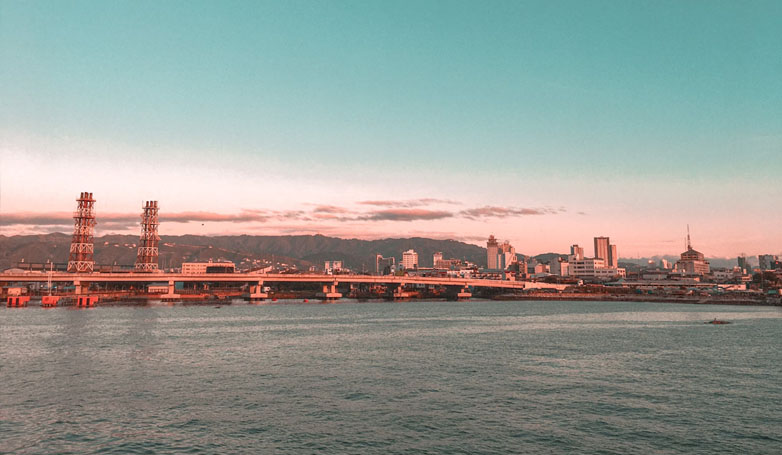
Cebu City, affectionately known as the “Queen City of the South,” is a dynamic metropolis that serves as the economic and cultural heart of the Visayas region in the Philippines. Known for its historical significance and modern amenities, Cebu City offers a perfect blend of old-world charm and contemporary living. The city’s rich history is evident in landmarks such as the Magellan’s Cross and the Basilica del Santo Niño, which attract both locals and tourists alike. Additionally, Cebu City is a bustling hub of trade, industry, and education, making it a vital center for business and innovation in the southern Philippines.
Beyond its economic and historical importance, Cebu City is celebrated for its vibrant lifestyle and natural beauty. The city boasts a lively arts and music scene, numerous shopping and dining options, and proximity to some of the country’s most stunning beaches and dive spots. Mactan Island, just a short drive away, offers world-class resorts and water activities, while the nearby mountains provide excellent hiking opportunities and breathtaking views. With its welcoming atmosphere, strategic location, and a plethora of recreational activities, Cebu City stands out as a prime destination for both residents and visitors seeking the quintessential blend of urban and natural attractions.
Davao City: The Land of Promise

Davao City, often dubbed the “Land of Promise,” is a thriving metropolis known for its impressive blend of urban development and natural beauty. Located in the southern part of the Philippines, Davao City is one of the safest and most livable cities in the country, offering a high quality of life for its residents. The city is a major economic hub in Mindanao, boasting a robust economy driven by agriculture, trade, and tourism. It is home to Mount Apo, the highest peak in the Philippines, and the endangered Philippine Eagle, symbolizing the city’s commitment to environmental conservation and biodiversity.
In addition to its economic and environmental highlights, Davao City is celebrated for its vibrant cultural scene and diverse community. The city hosts numerous festivals, such as the Kadayawan Festival, which showcases the rich heritage and traditions of its indigenous peoples. Davao’s culinary scene is equally diverse, featuring a mix of local delicacies and international cuisine, with the city’s famous durian fruit being a must-try for visitors. With its strategic location, excellent infrastructure, and a welcoming atmosphere, Davao City truly lives up to its nickname, offering endless opportunities and a promising future for those who choose to call it home.
Tagaytay: The Cool Getaway
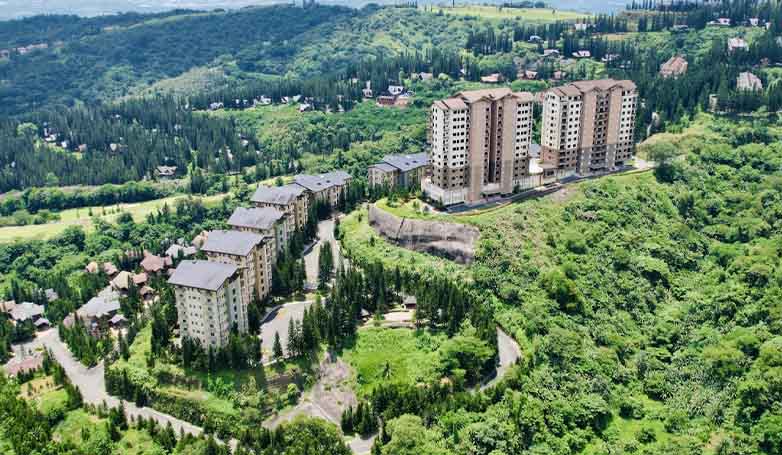
Tagaytay, often referred to as “The Cool Getaway,” is a popular retreat for those seeking a break from the hustle and bustle of city life in the Philippines. Nestled in the highlands of Cavite, Tagaytay is renowned for its cool climate, breathtaking views, and serene atmosphere. The city overlooks Taal Lake and the iconic Taal Volcano, offering some of the most picturesque vistas in the country. This scenic beauty, combined with the crisp mountain air, makes Tagaytay a favorite destination for both locals and tourists looking to relax and rejuvenate.
In addition to its natural allure, Tagaytay boasts a variety of attractions and activities that cater to all ages. From charming bed-and-breakfasts and luxurious resorts to quaint cafes and gourmet restaurants, the city provides ample opportunities for leisure and indulgence. Popular spots such as the Picnic Grove, Sky Ranch amusement park, and the Puzzle Mansion Museum add to Tagaytay’s appeal, making it an ideal location for family outings and romantic getaways. Whether you’re exploring its lush gardens, savoring a bowl of its famous bulalo (beef marrow stew), or simply enjoying the cool breeze, Tagaytay offers a refreshing escape that captures the essence of a perfect retreat.
Bacolod: The City of Smiles
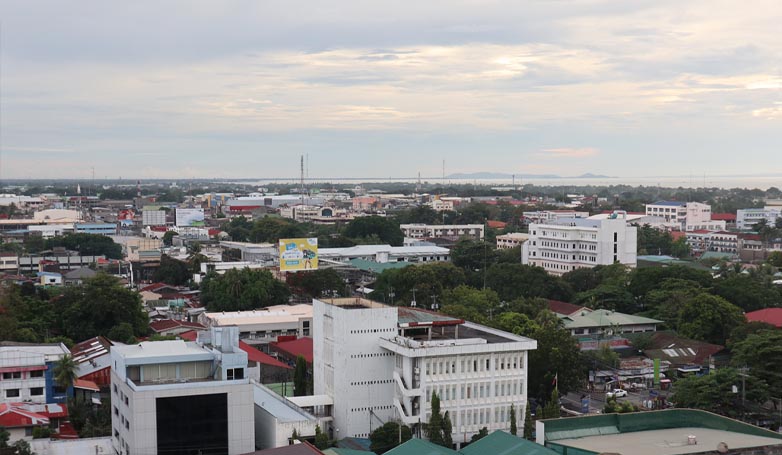
Bacolod, fondly known as “The City of Smiles,” is celebrated for its warm and welcoming atmosphere, making it one of the friendliest cities in the Philippines. Located in the province of Negros Occidental, Bacolod is famous for its MassKara Festival, a vibrant celebration featuring colorful masks, street dancing, and lively music, embodying the city’s cheerful spirit. The festival, held every October, attracts visitors from all over the world and showcases the resilience and optimism of the Bacolodnons.
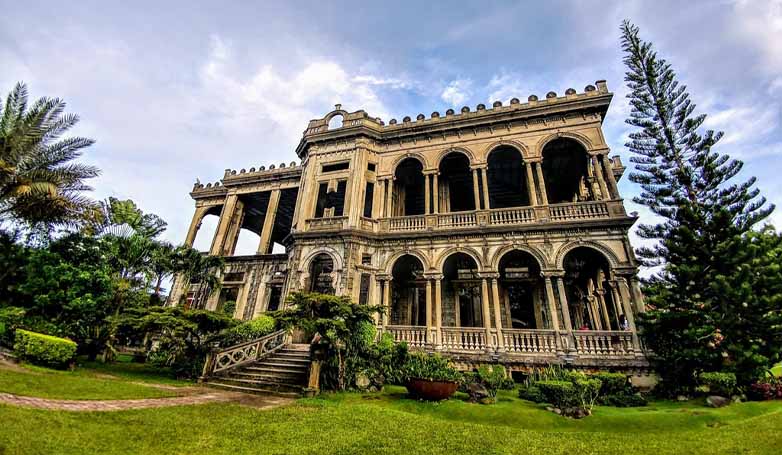
Beyond its festive charm, Bacolod is a thriving urban center with a rich cultural heritage and a burgeoning economy. The city is renowned for its culinary delights, particularly its delectable chicken inasal, a local barbecue dish that has become a culinary staple. Bacolod also boasts historical landmarks such as The Ruins, a grand ancestral mansion that tells a tale of love and loss, and the San Sebastian Cathedral, a testament to the city’s colonial past. With its blend of modern amenities, historical sites, and a strong sense of community, Bacolod truly lives up to its moniker, offering a delightful and heartwarming experience for residents and visitors alike.
Baguio: The Summer Capital
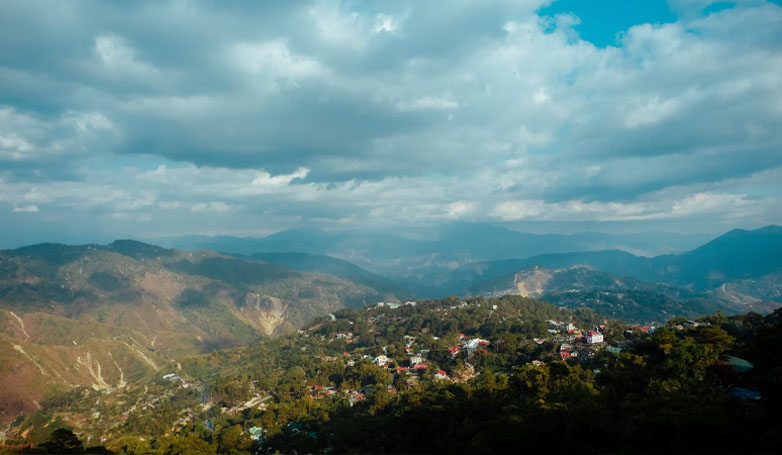
Baguio, known as “The Summer Capital of the Philippines,” is a beloved destination for those seeking respite from the tropical heat. Situated in the mountains of the Benguet province, Baguio enjoys a cool, temperate climate year-round, making it a popular getaway, especially during the summer months. The city’s lush pine forests, scenic parks, and charming colonial architecture create a picturesque and tranquil environment that attracts tourists and locals alike.
Baguio is rich in cultural and historical significance. The city hosts the annual Panagbenga Festival, or Flower Festival, every February, celebrating the blooming season with vibrant parades, floats adorned with flowers, and various cultural performances. Landmarks such as Burnham Park, Mines View Park, and the Baguio Cathedral offer visitors numerous opportunities for leisure and exploration. Additionally, Baguio is known for its bustling markets, including the famous Baguio City Market, where visitors can purchase fresh produce, local crafts, and souvenirs. With its blend of natural beauty, cultural heritage, and cool climate, Baguio stands out as a unique and refreshing destination, earning its reputation as the Summer Capital of the Philippines.
Iloilo City: The City of Love

Iloilo City, known as the “City of Love,” exudes warmth and hospitality that are characteristic of its people and culture. Located in the heart of the Philippines’ Western Visayas region, Iloilo City is renowned for its rich history, vibrant festivals, and delectable cuisine. The city’s nickname, “City of Love,” stems not only from its romantic ambiance but also from its reputation for genuine kindness and affection shown by its residents.
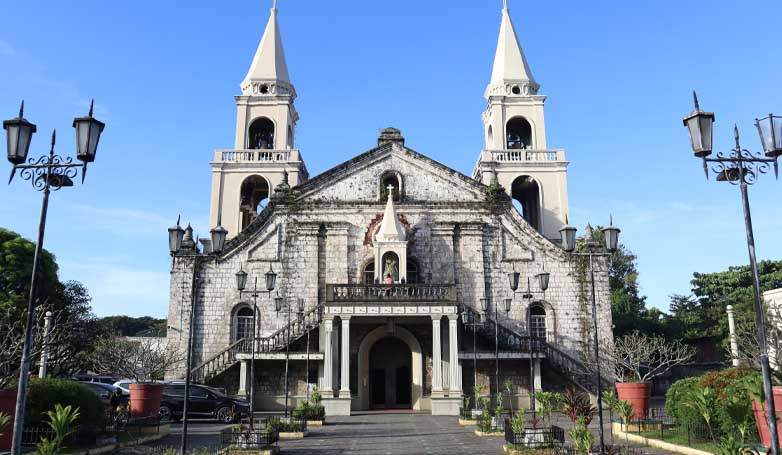
Iloilo City is a blend of old-world charm and modern developments. Its Spanish colonial heritage is evident in architectural gems such as the majestic Jaro Cathedral and the historic Calle Real. The city’s annual Dinagyang Festival, held every January, is a colorful celebration that honors the Santo Niño (Infant Jesus) and showcases traditional dances and music, drawing crowds from across the country.
In addition to its cultural richness, Iloilo City is a hub of commerce, education, and trade in the Visayas. Its bustling streets are lined with cozy cafes, seafood restaurants, and lively markets offering a taste of Ilonggo culinary delights such as La Paz Batchoy and fresh seafood dishes. With its picturesque riverfront, friendly atmosphere, and a strong sense of community, Iloilo City truly lives up to its title as the “City of Love,” capturing the hearts of both locals and visitors alike.
Dumaguete: The City of Gentle People

Dumaguete, often referred to as “The City of Gentle People,” embodies a peaceful and welcoming atmosphere that reflects the warmth and hospitality of its residents. Located in the province of Negros Oriental, Dumaguete is known for its laid-back lifestyle, picturesque seaside promenade, and rich cultural heritage. The city’s nickname, “The City of Gentle People,” highlights the friendly and accommodating nature of its locals, creating a charming and inviting environment for visitors.
Dumaguete is home to several educational institutions, including Silliman University, one of the oldest American-established universities in Asia, which adds to the city’s intellectual and cultural vibrancy. The university hosts various cultural events, art exhibits, and performances throughout the year, enriching the local community and attracting scholars from around the world.
Beyond its academic pursuits, Dumaguete offers a variety of attractions and activities for nature enthusiasts and leisure seekers alike. The city is a gateway to nearby diving spots and marine sanctuaries, such as Apo Island, known for its vibrant coral reefs and diverse marine life. Meanwhile, Rizal Boulevard provides a scenic backdrop for leisurely strolls, offering views of the ocean and stunning sunsets.
Subic Bay: The Thriving Freeport Zone

Subic Bay, once a major naval base, has transformed into a thriving Freeport Zone that plays a pivotal role in the economic landscape of the Philippines. Located in Zambales province, Subic Bay offers a unique combination of industrial development, tourism, and natural beauty along its picturesque coastline. The Freeport Zone’s strategic location, modern infrastructure, and business-friendly environment have attracted numerous multinational companies, making it a significant hub for trade, manufacturing, and logistics in the region.
Aside from its industrial prowess, Subic Bay boasts a range of recreational activities and attractions that appeal to visitors and residents alike. The bay itself is a popular destination for water sports enthusiasts, offering opportunities for sailing, diving, and jet skiing. The surrounding forests and mountains provide hiking trails and eco-tourism adventures, such as jungle survival courses and wildlife encounters.
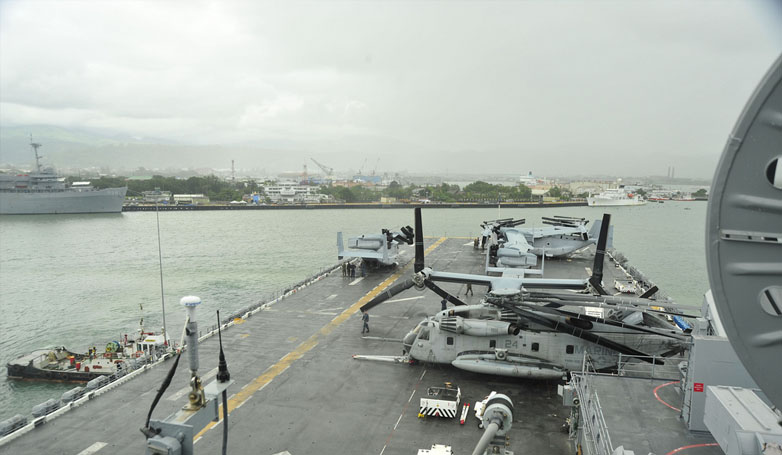
Subic Bay’s rich history as a former U.S. naval base is reflected in its well-preserved facilities and historical landmarks, including the Subic Bay Metropolitan Authority (SBMA) Museum and the Spanish-era lighthouse at Capones Island. The area’s vibrant dining scene, shopping outlets, and entertainment options further enhance its appeal as a dynamic destination for both business and leisure.
With its blend of economic vitality, natural attractions, and recreational opportunities, Subic Bay stands out as a prime example of successful redevelopment, offering visitors a glimpse into its storied past while embracing a future of growth and innovation as a thriving Freeport Zone.
Palawan: The Last Frontier
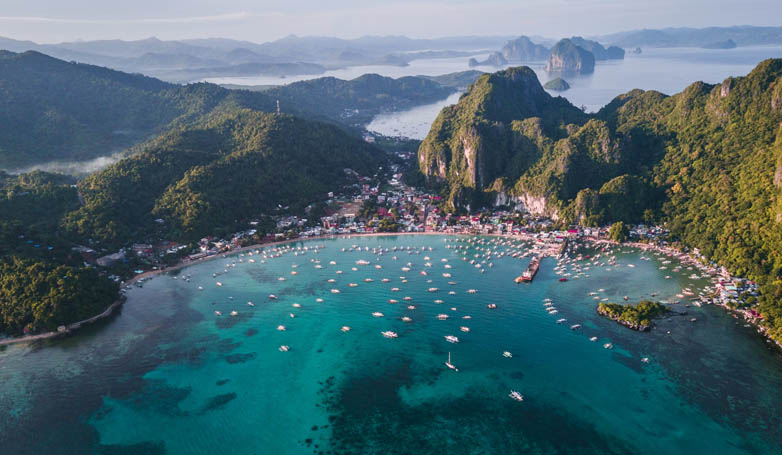
Palawan, known as “The Last Frontier” of the Philippines, is renowned for its pristine natural beauty, biodiverse marine life, and untouched landscapes. Located in the western part of the country, Palawan is composed of numerous islands, including the main island of Palawan and popular destinations such as El Nido and Coron. The province is celebrated for its crystal-clear waters, white sandy beaches, limestone cliffs, and vibrant coral reefs, making it a paradise for nature lovers and adventurers alike.
Palawan’s natural wonders include the Puerto Princesa Subterranean River National Park, a UNESCO World Heritage Site and one of the New Seven Wonders of Nature, known for its underground river system and limestone karst landscapes. The province is also home to the Tubbataha Reefs Natural Park, a marine sanctuary and UNESCO World Heritage Site famous for its rich biodiversity and pristine coral reefs, making it a premier destination for diving enthusiasts.

In addition to its ecological significance, Palawan is culturally diverse, with indigenous communities preserving their traditions and way of life. The province’s capital, Puerto Princesa, offers a mix of urban comforts and access to nearby natural attractions, including wildlife reserves, mangrove forests, and picturesque islands. Whether exploring its hidden lagoons, lounging on secluded beaches, or immersing oneself in its vibrant marine ecosystems, Palawan captivates visitors with its raw beauty and ecological richness, earning its reputation as “The Last Frontier” of the Philippines.
Conclusion
In conclusion, the Philippines offers a diverse tapestry of cities and regions, each with its own unique character and attractions. From the bustling urban centers like Manila and Cebu City to the tranquil retreats such as Tagaytay and Dumaguete, every destination showcases a blend of cultural heritage, natural beauty, and warm hospitality. Whether you seek vibrant festivals, historical landmarks, or pristine landscapes, the Philippines caters to a wide range of interests and preferences. Each city, from Bacolod with its festive spirit to Subic Bay’s thriving Freeport Zone, contributes to the country’s dynamic and evolving identity. Whether visiting for business, leisure, or residence, the Philippines invites exploration and promises memorable experiences that capture the essence of its rich diversity and charm.



